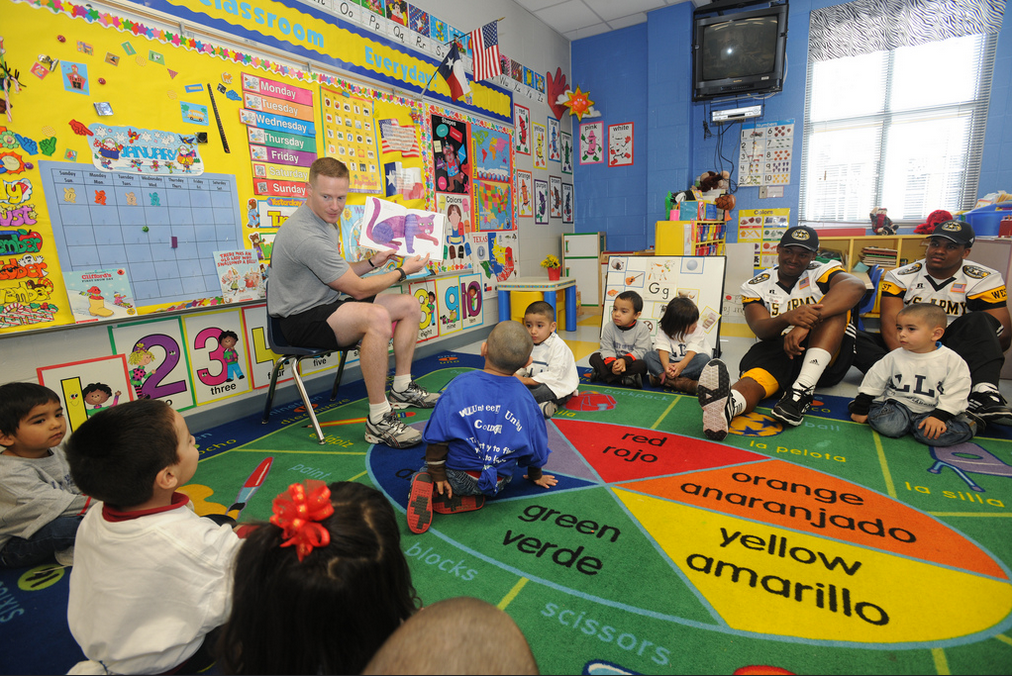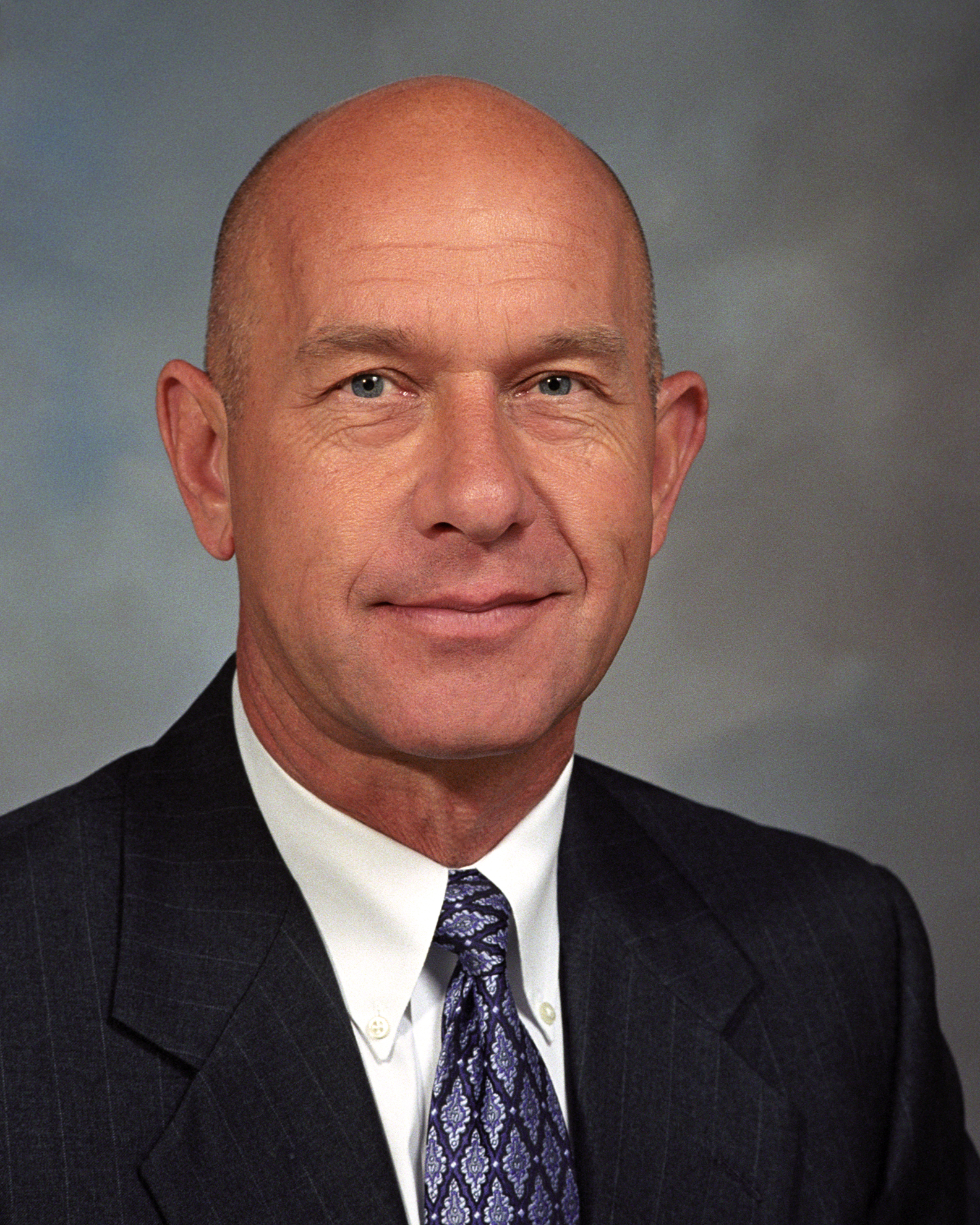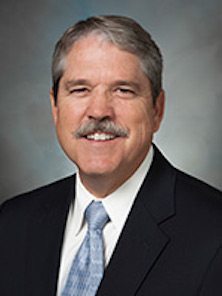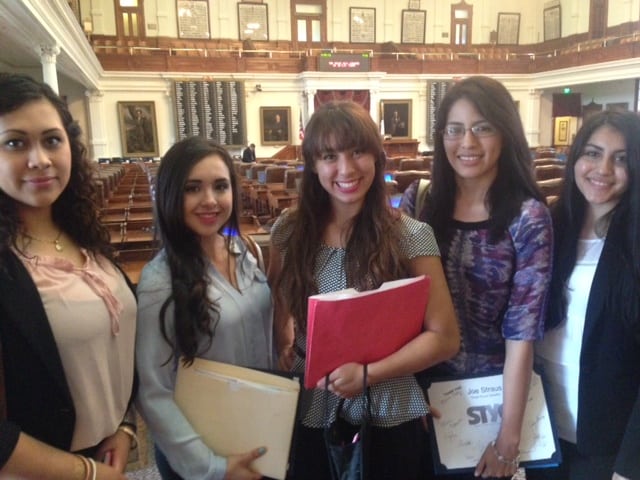
South Texas High School Students Lobby for Change at Capitol
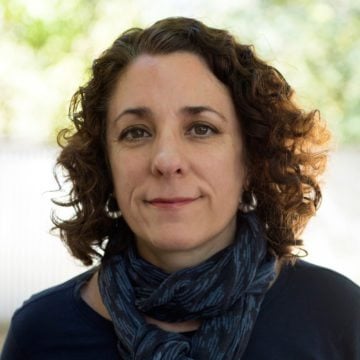
Above: Left to Right: Valeria Ramirez, Salma Guzman, Ashlei Levrier-Howell, Yineli Carreon and Jesslyn Garay
It’s early Thursday morning at the Texas Capitol and Yineli Carreon, 18, and Ashlei Levrier-Howell, 17, huddle around a map with three other high school students. They’re trying to find House Speaker Joe Straus’ office but have gotten lost in the confusing maze of hallways and staircases. “We literally just did a circle,” Levrier-Howell laughs. “Yesterday I took the elevator and ended up outside.”
This isn’t a typical school field trip to the Capitol. These high school students are members of the South Texas Youth Congress, a nonprofit started in 2013 to involve South Texas high school students in public policymaking. The program’s executive director, a Corpus Christi educator named Armando Villarreal, modeled the STYC after the Iowa Youth Congress, which he started when he was director of the Iowa Division of Latino Affairs. The STYC currently has 28 members from 14 South Texas counties, each of them voted into the congress by their high school classmates, school administrators and alumni of STYC.
For the past two days, Levrier-Howell, Carreon and 14 other teenagers have been lobbying legislators to pass House Bill 3467, which would allow graduate and medical students to take specialized classes from experts outside of the region via high-speed video streaming. The high school students came up with the idea for the bill, debated and agreed upon its language, and then persuaded state Rep. Armando “Mando” Martinez (D-Weslaco) to carry it.
“This goes beyond student council,” says Salma Guzman, a 16-year-old STYC member from Laredo. “We are at the Legislature working to get bills passed. A lot of the representatives are surprised that we are still in high school.”
But now the bill is stuck in a House committee, and the students are making their case to legislators to get the bill moving. After a few minutes, the students find the speaker’s office and Levrier-Howell opens the stately etched-glass door that leads into the reception area. The five young women file inside. Levrier-Howell, the group’s vice president, is confident and poised. She asks the woman at the front desk, Megan Collins, if they can meet with an education policy analyst about their bill. Collins disappears into the depths of the cavernous office.
Levrier-Howell has another year of high school but she’s already mapped out her plans for college. She wants to become a pediatric oncologist. “I’m applying to UT-Austin and to Cornell,” she says, “but when I’m done I want to go back to the border.”
Carreon, the group’s president, will be attending Texas A&M in the fall, where she plans to study to become a certified dietician. She also wants to return home when she’s finished. “We have a high rate of diabetes in South Texas, especially in the colonias,” she says. “I want to help my community.”
The group isn’t happy that the border often gets a bad rap, especially at the Capitol. “I saw this trip as an opportunity to speak out on issues important to my community,” says Carreon. “I don’t appreciate when people try to stereotype us, that we are all the same because of our background and that we won’t get anywhere.”
Villarreal, the executive director of the South Texas Youth Congress, says these high school students represent the new Texas. “Our motto is: ‘The future is here and we are the future,’” he says, “They’re going to have an impact on social policy and bring a whole new type of politics with them. They are more focused on the application and allocation of resources where they are needed and less focused on ideology.”
At the speaker’s office, Collins, the young staffer, returns with disappointing news. The woman in charge of education policy is busy and can’t meet with them. Collins offers to meet with the group and pass their concerns along to Speaker Straus.
Levrier-Howell and the other students follow her into a meeting room, where she, Carreon and the others launch into a pitch for their bill, and how access to post-grad video courses will help their community. “How much will this cost?” Collins wonders, furrowing her brow.
“What we’re asking for first is a feasibility study to determine the cost and where the money might come from,” says Levrier-Howell.
Collins looks impressed. “Wow, so did you say you are in high school?”
Afterward, the students regroup in the hallway. Levrier-Howell says they’ll swing by Straus’ office again later to see if they can meet the education staffer then. “You have to keep going back,” she says.
“I was nervous when I first got to Austin,” Carreon says. “I thought they might question our knowledge on the bill because we are high school students. But now I’m really pumped. There’s a lot of energy in here.”
The high school students are pragmatic about their chances of passing their bill this session. More than most adults, they already understand that getting something passed in the Legislature takes persistence, and probably more than one legislative session. But they have their whole lives in front of them and plenty of time.
“We’ll be back,” Levrier-Howell says. “We’re just getting started.”
